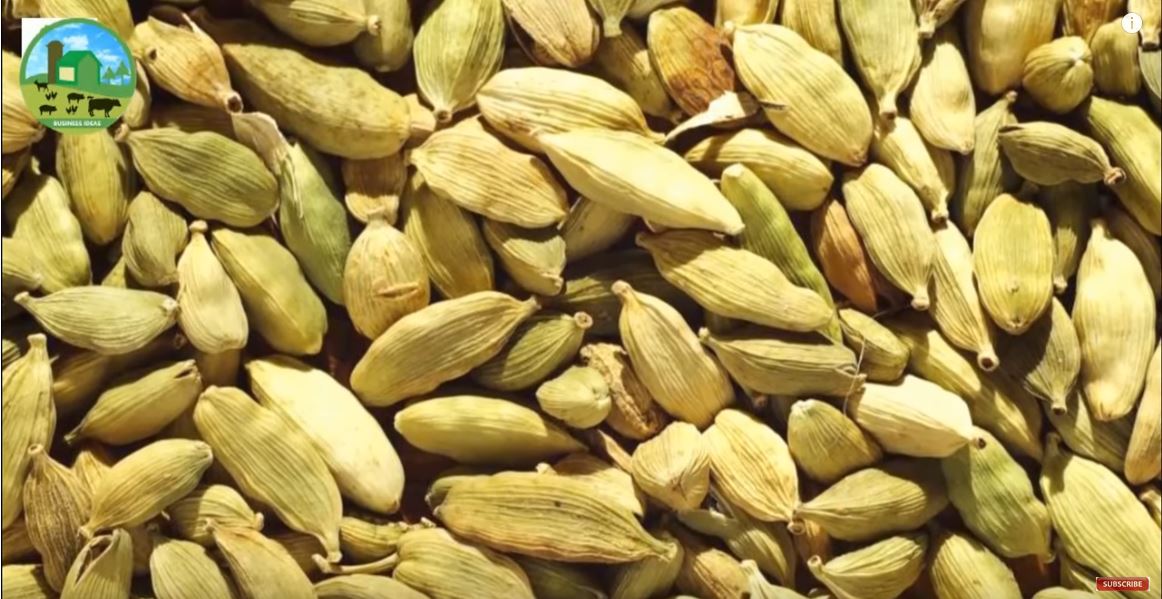»How to Make Money – Cardamom Farming with High Profit – How to Grow Cardamom – Elaichi Farming«
Cardamom is one of the most highly priced and exotic spices in the world. It is commonly known as queen of spices. Commercial cardamom farming is a profitable business even for small land owners.
Cardamom is a premium spice globally. There are several food processing industries where cardamom is an essential flavoring ingredient. It is used for flavoring various preparations of food, confectionery, beverages and liquors. Cardamom is grown in areas where the annual rainfall ranges from 1500 to 4000mm. The temperature should be around 10-35° c with good rainfall distribution. Cardamom is grown in deep black loam soil with high humus content and PH level of 5.5 to 6.5.
Cardamom Propagation
Propagation through suckers is the most used method for cardamom plants. Alternative methods of propagation include tissue culture and production of planting materials from the seeds.
Dig pits of 45*45*30 cm and fill them with a mixture of top soil and compost or well decomposed farmyard manure. Planting cardamom starts during the rainy season. Seedlings are planted into the collar region for healthier growth. Plant the seedlings at a spacing of 20*20 cm . Water regularly.
Fertilizing and care
A dose of 75kg Nitrogen, 75kg phosphorous and 150kg potash per hectare is advised for cardamom cultivation. A thin layer of soil should be applied after applying the fertilizer. Irrigate the crops during the dry spells of summer to help with the initiation of panicles, flowering and fruiting.
Sufficient mulch should be applied during summer to reduce ill effects of drought. Exposing panicles over mulch is beneficial for pollination. Trashing is carried out once a year.
Pest and disease control and harvesting
In case of any special pests and diseases in cardamom cultivation, measures should be taken by contacting the nearest horticultural or agricultural department to control them. Cardamom plants normally start bearing two years after planting.
Picking is carried out at an interval of 15-25 days. After harvest, capsules are dried and cured.



















